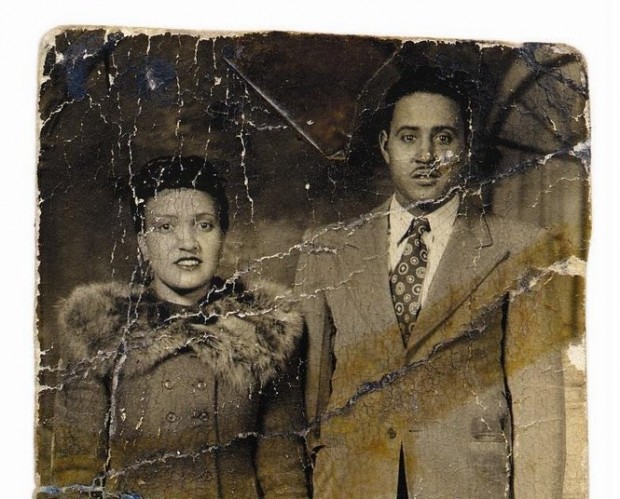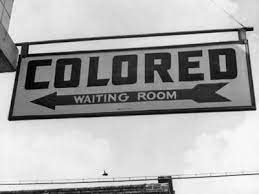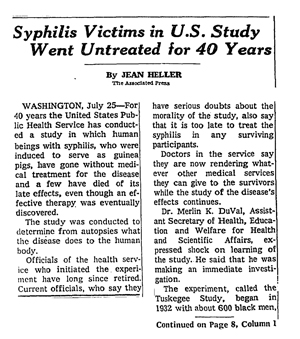The Mother of Modern Medicine: Henrietta Lacks and the Debate Over HeLa Cells
The Life of Henrietta Lacks

Henrietta and David Lacks. Ca. 1940. John Hopkins Medicine.
Henrietta Lacks was born August 1, 1920, in Roanoke, Virginia. At the age of four, Lack’s mother passed away during childbirth, forcing Henrietta to be raised by her grandfather and cousins working in the tobacco fields. In 1935 at the age of fourteen, Henrietta Lacks and her first cousin David, “Day," gave birth to their firstborn son. In 1941, Henrietta and David married and moved to Baltimore, Maryland, so Day could work in a steel mill. They had four more children.
A year after giving birth to their fifth child in 1950, Lacks felt a “knot” in her womb. This led her to seek medical treatment at Johns Hopkins Hospital, the only hospital in the area that treated impoverished African-Americans. At Johns Hopkins, Lacks underwent surgery which found a tumor the size of a nickel on her cervix – cervical cancer. Lacks underwent radium treatments for her aggressive cervical cancer at Johns Hopkins, but she succumbed to the disease on October 4, 1951, as her cancer had metastasized throughout her body.

Henrietta Lacks Death Certificate. 1951. John Hopkins Hospital.
The Jim Crow Era
Bathrooms, restaurants, water fountains, public areas, churches, and schools were segregated in the South during the Jim Crow Era. Segregation also occurred in the medical field as racial discrimination impacted the quality of care received by African-Americans. However, Johns Hopkins Hospital in Baltimore, Maryland, was one of the few leading hospitals, which served African-Americans, including Henrietta Lacks in 1951.

Jim Crow Segregation. 1943. Encyclopedia Britannica.
Jim Crow laws were a collection of state and local statutes that legalized racial segreation. Named after a Black minstrel show charater, the laws– which existed for about 100 years, from the post- Civil War era until 1968 – were meant to marginalize African Americans by denying them the right to vote, hold jobs, get an education, or other opportunities. Those who attempted to defy Jim Crow laws often faced, arrest, fines, jail sentences, violence, and death.
-History Education
In 1932, 600 African-Americans, 399 with syphilis and 201 without, were enrolled in a study to investigate the natural course of syphilis. In 1947 penicillin was discovered as the drug of choice for syphilis, but the Syphilis Study patients were denied it. This federal government-sponsored study was projected to last six months, however, it continued for 40 years and was only stopped in 1972 after public outcry. After a $10 million settlement, President Clinton in 1997 apologized on behalf of the nation.
-National Institute of Health

Syphilis Victims in US Study Went Untreated for 40 Year. 1972. New York Times.
The Tuskegee study shows why many African-Americans were distrustful of medicine and doctors.